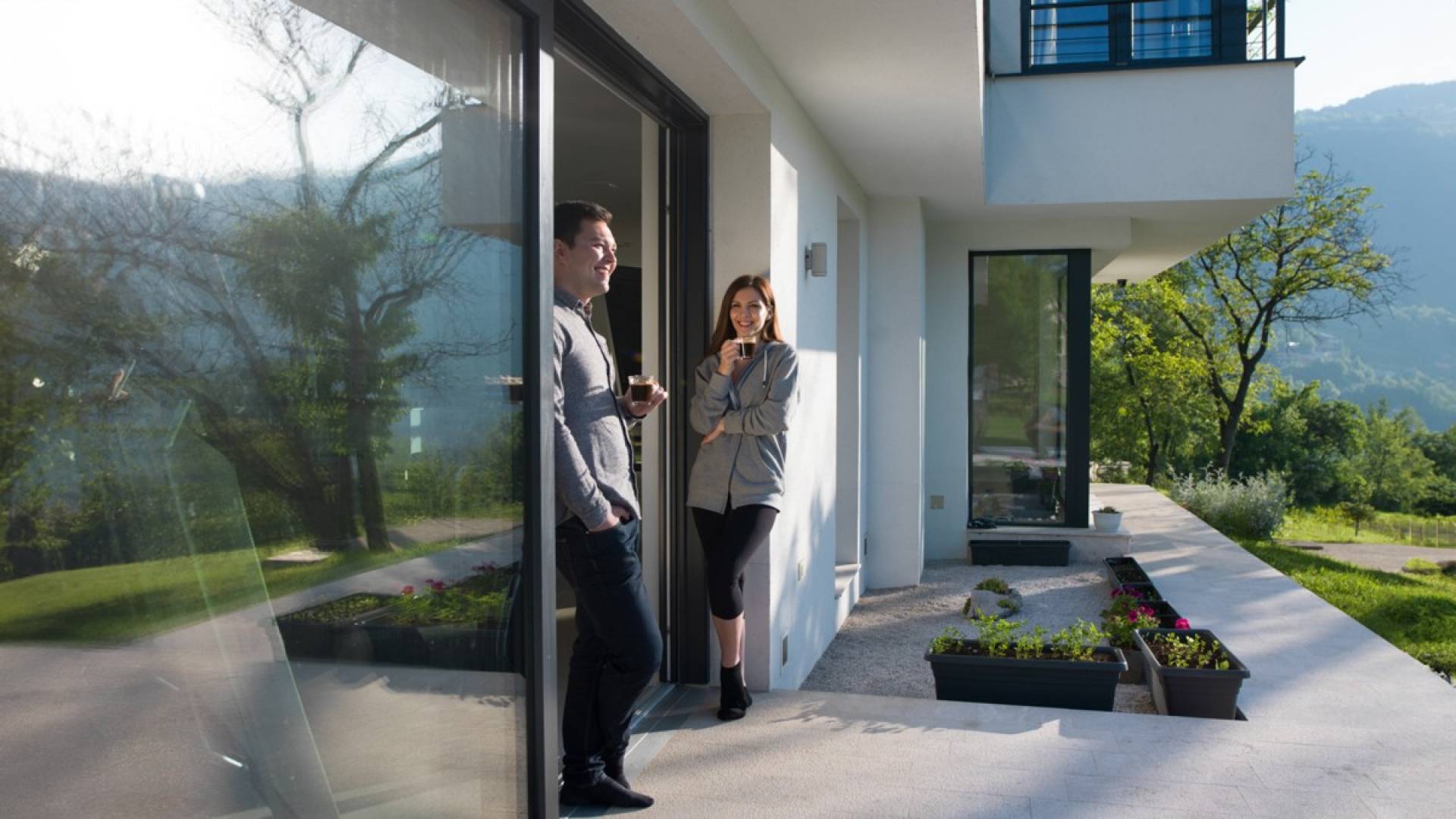
What to watch out for when moving.
Plan the move early with a checklist
Much as you may be looking forward to moving to a new apartment or house, the fact remains that there is quite a lot to organize. There are also some important questions that need to be clarified in advance: When is a suitable date? Who do I ask for help? When should the post be redirected or address changes made? A moving checklist (for example from Comparis.ch) helps you to consider all the important points.
Moving with a professional removal company
Ensure that the removal company has public liability insurance. It protects the removal company if employees damage any property or cause personal injury. They are also responsible for damage that occurs in residential buildings, for example a scratch on the parquet floor. Also check the parking situation before your move to avoid possible complications or additional costs.
Moving yourself: Tips for a rental vehicle
If you rent a van for your removal, you should check it carefully for defects when you pick it up, so that defects discovered later are not incorrectly traced back to you. Damage to the underbody, wheels or roof is often overlooked.
Read the rental conditions carefully with regard to the scope of insurance. If damage occurs to the rental vehicle, it is generally covered by the rental insurance. However, the terms of the contract always include a deductible. Depending on your insurance situation, your private liability or Assistance insurance for motor vehicles will cover this.
Damage caused to third parties is covered by the owner’s compulsory motor vehicle insurance.
Review the sum insured
People who have just moved into a new home like to buy new furniture. Moving home therefore provides an opportunity to review the sum insured of your household contents, especially if there has been a substantial change in your living situation. If you don't do this, you run the risk that your insured amount is too low and that you are under-insured. In the event of a claim this would mean that you would not be fully compensated for the value of your household contents.












